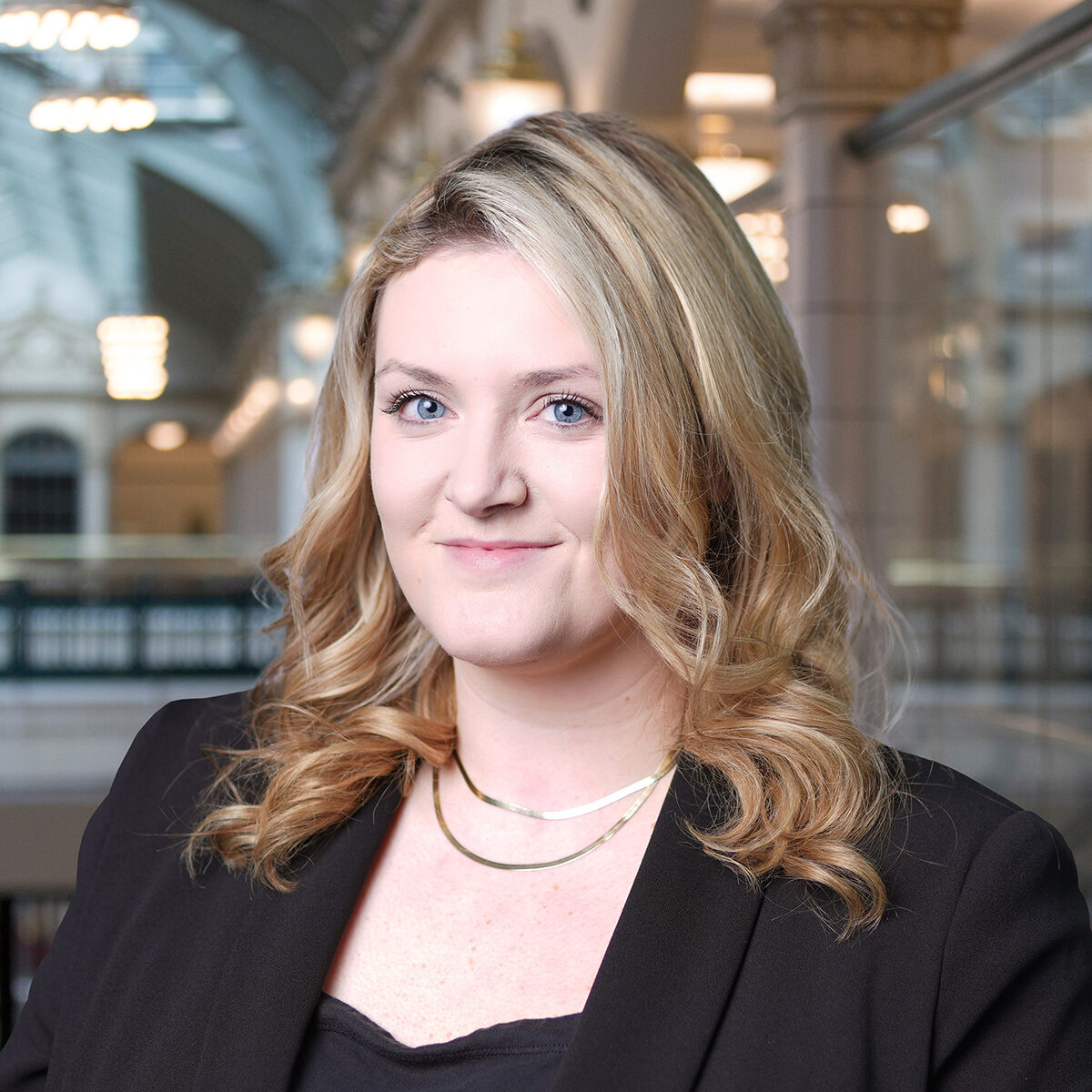Brady Street officially exploring pedestrianization options, hires GRAEF and TKWA for Study
After years of chatter and conjecture, a plan to close off a portion of Brady Street to vehicular traffic is officially moving forward. The Brady Street BID has retained the services of local consulting firm GRAEF, as well as local architecture firm The Kubala Washatko Architects (TKWA), to study the feasibility and possible implementation of a pedestrianization plan.
“The Brady Street BID board of directors and the Pedestrian Committee have chosen the firms that we’ll be working with to do the pedestrianization study, and they are GRAEF and TKWA,” says Brady Street BID Executive Director Rachel Taylor. “There was another proposal that we looked at, but after a lot of discussion, we decided that GRAEF and TKWA were the way to go. They have several people who live in the area. They know Brady Street. They have ample experience in doing pedestrian zones around the city, including Downtown, the East Side, and Wauwatosa.”
The study will be funded by the BID. It will focus on options for closing off a two-block section of the east end of Brady, between Warren and Franklin—roughly from the Nomad to Brady Street Futons. A timeline for the completion of the study and the possible implementation of any recommended plan has not been set.
“If we can implement something this summer, we will,” Taylor says, “but we need to be open to the fact that it may take a little while to get a good answer.”
Taylor says the Warren-to-Franklin focus is due to the high number of businesses in the area.
“We want to start there and kind of branch out to see what’s going to be feasible,” she says. “We are obviously very aware of a parking lot next to Best STD, behind HiHat, so we’re figuring out how that access will work. It’s also important to continue to have mass transit on the street. Will it be like State Street [in Madison]? I don’t know what it’s going to be yet, because we’re really leaving this to the professionals to do their job and come up with something creative.”
“We are proud and excited to be part of Brady Street’s new chapter that embraces the past, but also recognizes the street must become a much better version of itself,” says Craig Huebner, GRAEF Planning & Urban Design Practice Team Leader. “We look forward to working with our partners at the BID, TKWA, Alderman Brostoff, residents and business and property owners to create a word-class, thriving Brady Street for everyone.”
Taylor credits Brostoff—as well as Milwaukee Mayor Cavalier Johnson—for being open to pedestrianization plans.
“Bike/pedestrian safety in the Brady Street neighborhood is a top priority,” Brostoff says. “This study could be very helpful in coming up with creative strategies for improving the area. I’m excited to see what comes of it and will continue to work with the community to make things better.”
Taylor notes that if and when a plan is implemented, it will likely begin as a summertime trial.
“If we choose to do anything long term, that’s going to require very significant funding,” she says. “We really want to know what we’re getting into. I don’t think anybody wants to go into this blind. What we’re trying to do, or what we’re conceptualizing, is changing 175 years of history. Brady Street was on the first map of Milwaukee that was made in 1846. It’s an important street. We very much understand and appreciate that. We also know that we want people to drive more carefully on the street, and appreciate the neighborhood for what it is and not just treat it like a thoroughfare. The urban planners and the architects are looking to enable that.”
With recently unveiled plans for an 11-story hotel on the corner of Brady and Farwell making waves, Taylor says the time is right to officially look into pedestrianization options.
“We’re trying to keep Brady Street relevant in a time of significant change around the city,” she says. “We have to be very creative with making sure that Brady Street maintains its interest and can be relative into the future. That’s why we’re coming up with some of these ideas that are a little unusual, and that maybe haven’t been brought up before, so that we can maintain a competitive advantage. We can be a place of interest and a destination moving forward.”

